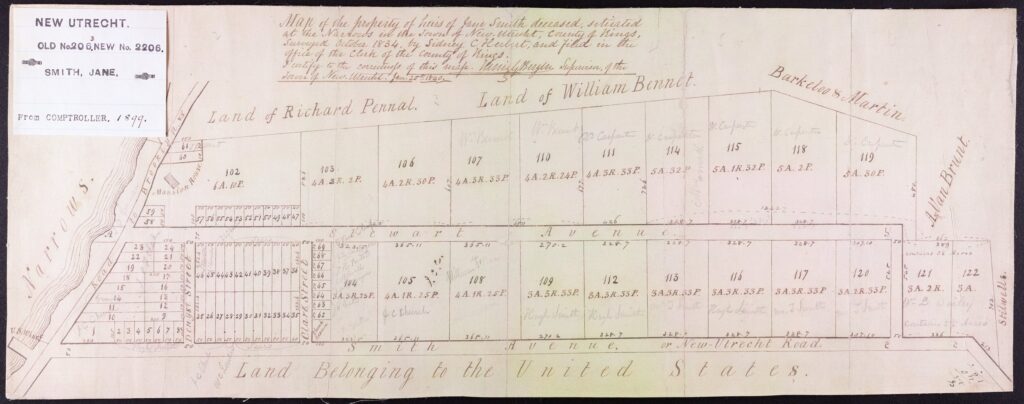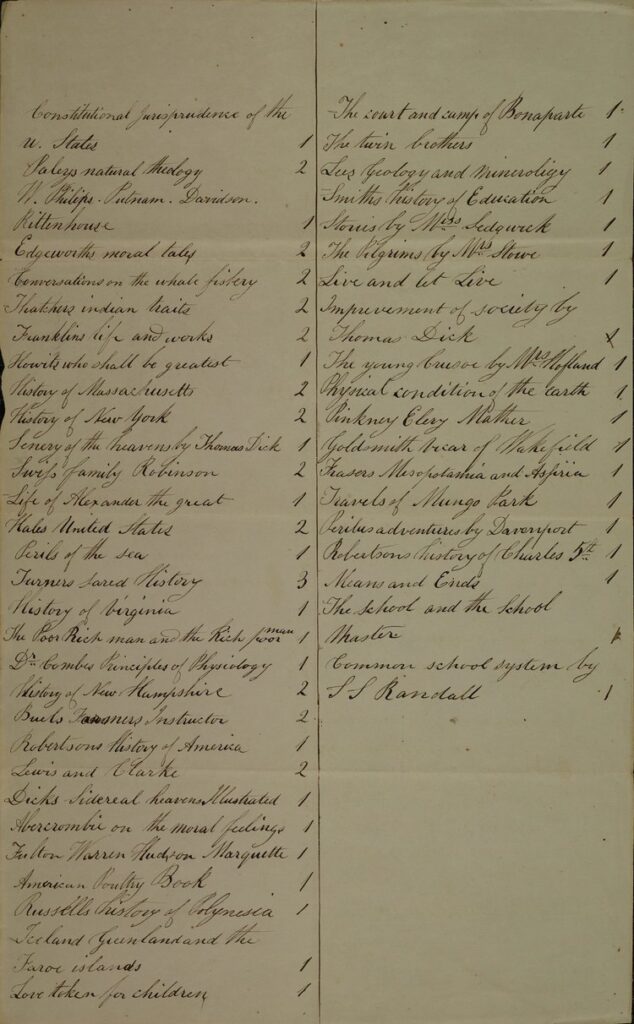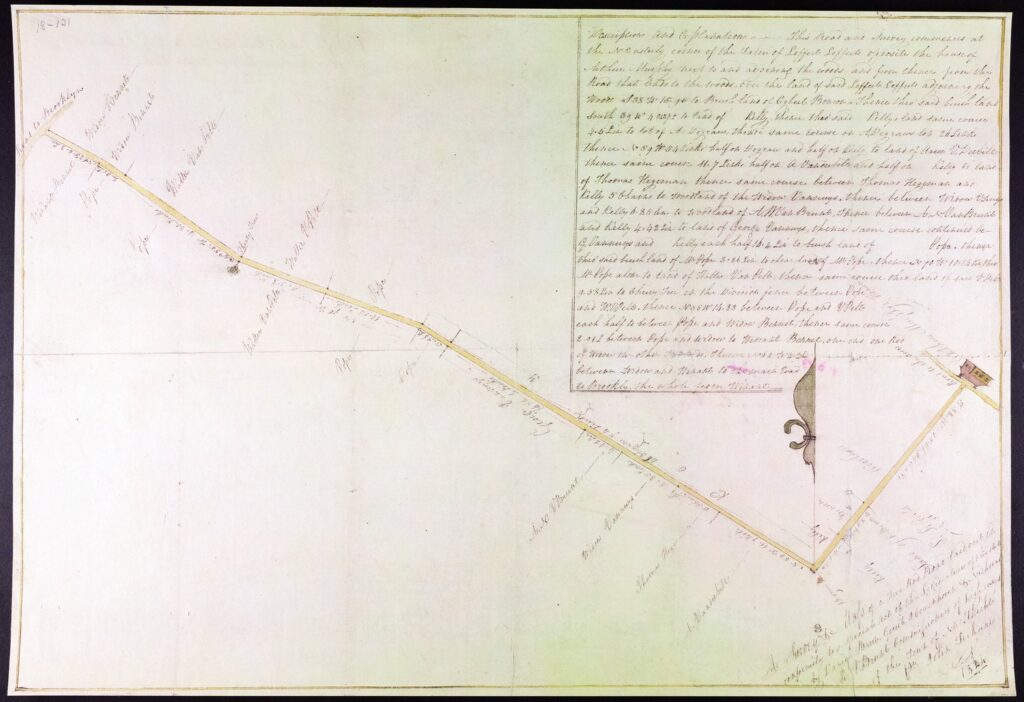This was originally published on the NYC Municipal Archives Blog for the NYC Department of Records & Information Services.
https://www.archives.nyc/blog/2022/12/2/new-utrecht-a-library-catalogue-circa-1796
New Netherlands. Long Island. Kings County. Brooklyn. New York City. New Utrecht can claim being part of all these jurisdictions during its long history. Established in 1652 as one of the original six towns in Kings County, New Utrecht is now better known as the Bay Ridge and Bensonhurst neighborhoods in the Borough of Brooklyn.
Recently, archivists processing the Old Town record collection discovered a document titled, “Catalogue of Lane District Library New Utrecht” that gives us unique insight into colonial-era libraries and schools.

With a grant from the National Historical Publications and Records Commission (NHPRC), the Municipal Archives has been describing and digitizing the Old Town collection. It is comprised of records created in the villages and towns that were eventually consolidated into the Greater City of New York in 1898. The records date to the 1600s and consist of deeds, minutes from town boards and meetings, court records, tax records, license books, enumerations of enslaved people, school-district records, city charters, and information on the building of sewers, streets and other infrastructure. Several recent For the Record articles have documented project highlights: Processing the Old Town Records Collection, Dog Licenses in the Old Town Records, The Genealogical Possibilities of Manumissions in the Old Town Records, and Oyster Boards in the Old Town Records, Schooling-in-Midwout Brooklyn in 1866, and Drag Racing, 1668 Style.
Although it is a single document, the “Catalogue” provides a wealth of information. In this case it sheds light on what students were reading more than three hundred years ago. To date, we have not identified other records relating to the Lane District school in New Utrecht, but based on this source, we know it existed at least between the years 1796-1829.

The school was undoubtedly small but the library was well-stocked. According to the catalogue the library contained sixty-three books. Although few in number, the variety of topics covered is impressive. Among the volumes are histories, biographies, as well as books about exploration, geography, the natural world, and sciences. The titles also include works of fiction that are still well-known today, such as The Swiss Family Robinson and Maria Edgeworth’s Moral Tales. There is not an indication as to which books were most popular but there was definitely a lot to spark the minds of readers in what was then a small farm town. Moving ahead about one hundred years, in 1894 a literary club called the “Winter Society” founded the Free Library of the Town of New Utrecht. Soon after, in 1901, the Free Library joined the Brooklyn Public Library system, of which it remains a part and is one of the busiest branches in the system.
As described in previous For the Record articles, the Old Town collection consists predominantly of records in bound book format. This week’s featured item had been located in another portion of the collection, the so-called “bundles,” i.e. individual documents placed in paper sleeves. Most are folded. The New Utrecht series in the Old Town collection includes eight cubic feet of “bundled” documents dating from 1800 through 1895. The documents include records from town meetings, school district reports, jury lists, board of health annual reports, sewer construction contracts, and street records. They are arranged by bundle number.

Searching for information about the location of Lane District Library provides an opportunity to feature another part of the Old Town collection—the map assets. Most of the maps were created to document a property as part of a conveyance transaction, or depict how a larger tract, usually a farm, was being divided into smaller lots for sale and development. Others show the location of new roadways. Most of the maps in the Old Town collection are part of the Kings County series that had been assembled by the Kings County Clerk prior to transfer to the Municipal Archives in 1988.
The “Catalogue” is just one of many unique items in the collection that is filled with a variety of engrossing information. Look for future blogs that highlight this colorful content.